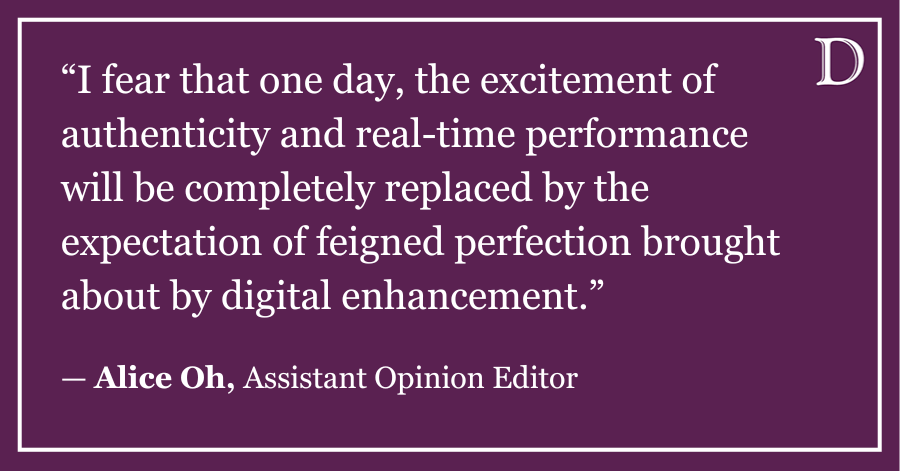Elham Beheshti, whose research interests lie in human-computer interaction and computer-supported learning, spoke to me about why she chose NU and her research efforts on campus.
For you, what is a Ph.D.?
Ph.D. is about gaining many different and diverse set of skills, which helps the student to conduct a research from the start to the end and push the boundaries of science and/or technology. These skill sets may include technical skills, research skills and analyses skills alongside with the skills in communicating with other researchers and scholars and building a strong social network in an attempt to pursue a fruitful career after receiving a Ph.D.
Was NU the only university at which you wanted to do a Ph.D.?
No. I applied for Ph.D. programs in nanotechnology in a few universities in the US. I chose NU from the ones that I got the admission from, for many reasons. First off, NU has great research groups and facilities in nanotechnology. The offer that I got was also better than my other offers. Besides the university, living in Chicago was another factor. And so I picked NU.
Tell us about your research at NU.
My research interests center in the areas of human-computer interaction and computer-supported learning. My current study involves the design and evaluation of an interactive learning tool called “Spark” that enables learners to interact with representations of electrical circuits at multiple levels. I am currently user testing and developing higher fidelity prototypes of the system.
Any specific reason to opt for this research topic?
At Tangible Interaction Design and Learning Lab, we are exploring the use of tangible interaction to create innovative learning experiences. And so, my project is one of the projects under this umbrella. As my background is in electrical engineering, I studied several studies on children’s understanding of basic concepts of electricity and electrical circuits. These studies demonstrate that novices of all ages commonly hold mental models of electrical concepts that diverge from the scientific models making it difficult to understand how a circuit works. So, I developed the idea of designing a multilevel simulation environment that helps children better understand these concepts.
What is the most exciting phase of this research?
Honestly, all phases of this project are exciting to me. But, if I want to pick one, I would say the user testing part of this project. … This is the part that I get to see how people interact with what I’ve designed and if they like it or not, if they gain using the simulation or not. I am also fascinated by observing how some issues with the design are detected by users who test it.
What is one thing which you will never forget about your Ph.D. and NU?
I think the greatest experience that I won’t … forget about my Ph.D. is working in TIDAL lab with my adviser Professor Michael Horn and also the opportunity of working with so many great people in the HCI (human-computer-interaction) community. During the last three years, I learned so much from people that I worked with, which is an invaluable experience for me.
Do you have any advice for those looking to pursue a Ph.D?
One thing that I can say is not to let yourself spend best five or six years of your life on working on something that you don’t like. In my opinion, when someone admires his/her own work, others would admire it too.
What’s next?
I’d like to pursue a research-based career in the areas of human-computer interaction and computer-supported learning.
What is the best way for students to contact you?
Chetan Patil is a McCormick graduate student. He can be reached at chetanpatil@u.northwestern.edu. If you want to respond publicly to this column, send a Letter to the Editor to opinion@dailynorthwestern.com.













